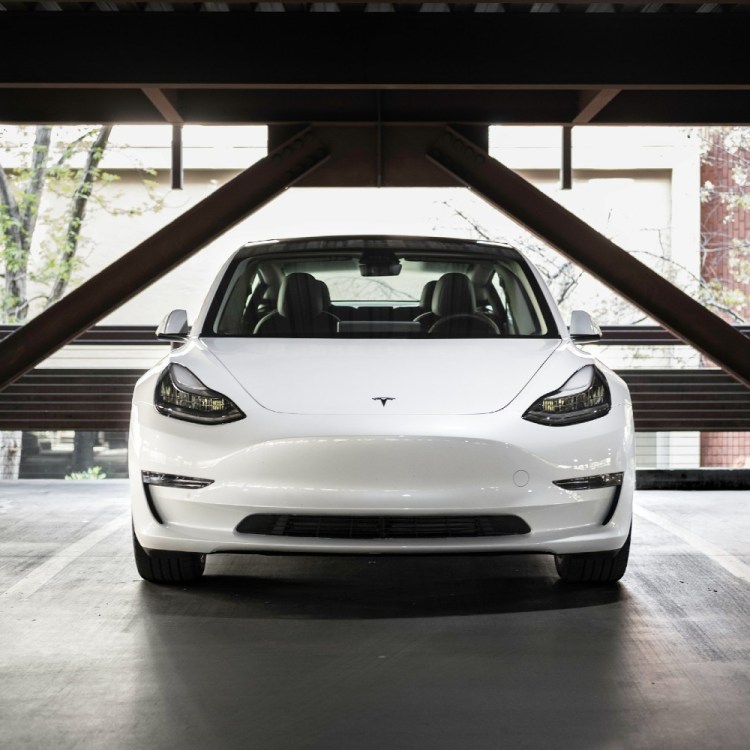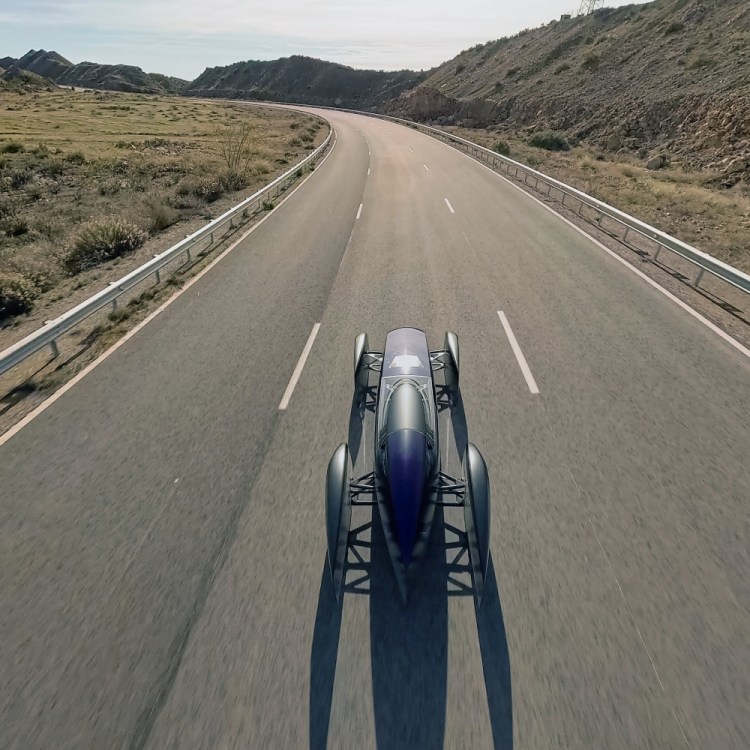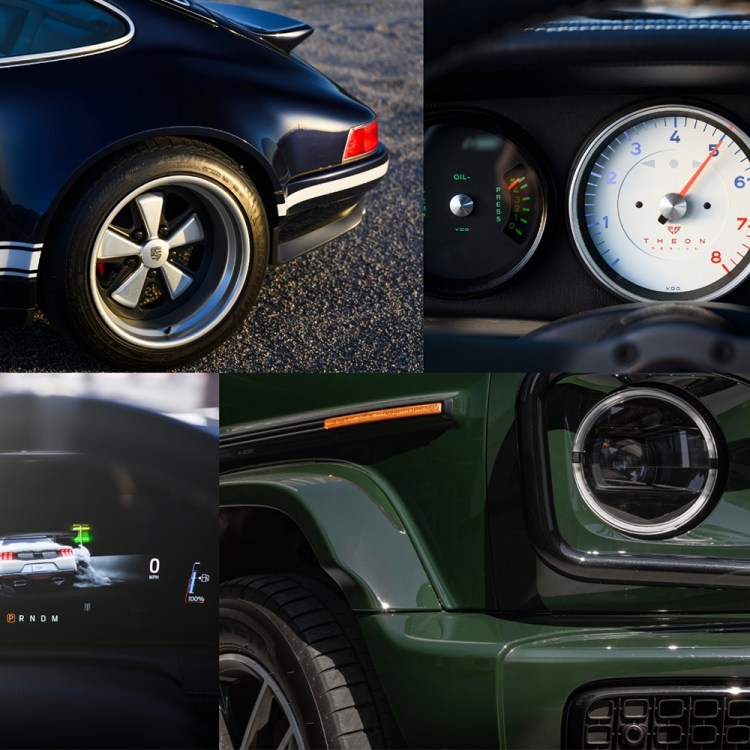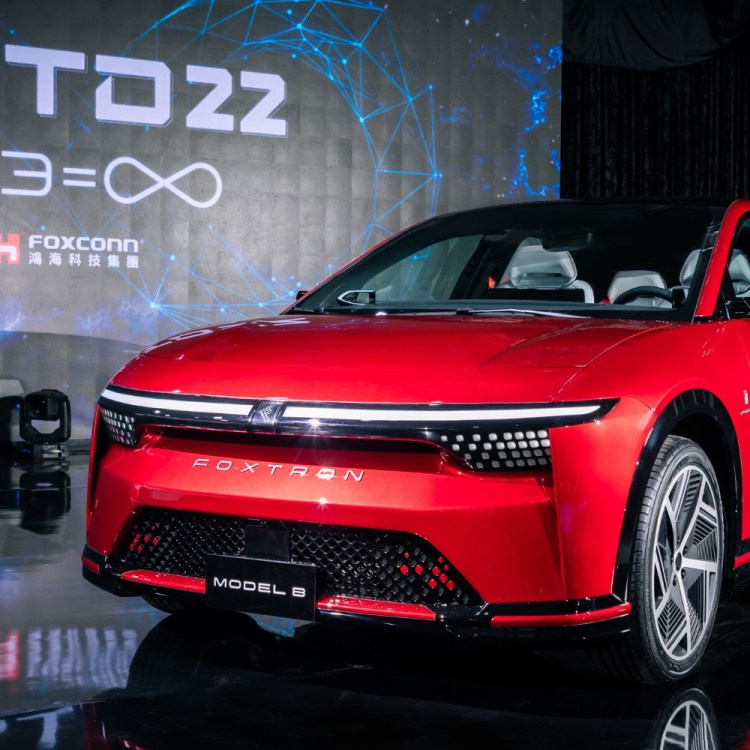In the world of supercars, legendary automotive designer Gordon Murray attempted to make hybrid a dirty word (well, figuratively speaking) with the unveiling of the gas-defending T.50 last year.
“I have a hankering to do one more supercar, and I wouldn’t have unless these one-and-a-half-tonne hybrid monsters hadn’t come out,” he said at the time. “But now there’s a point to be proven: that you can still do a great driver’s car with an internal combustion engine and pure engineering.”
Looking back on that now, while the car is certainly a stunner, it’s a silly premise. The internal combustion engine doesn’t need a defender; the oil and automotive giants have that position filled to the point of climate disaster. Making it look even sillier? The recently uncovered Ferrari 296 GTB, a plug-in hybrid (PHEV) — which Murray so detests — that includes both an electric motor derived from the marque’s Formula 1 cars and a brand-new V6, which is “the first 6-cylinder engine installed on a road car sporting the Prancing Horse badge,” as the brand stated, and “the most power-dense motor ever put into a production car,” according to Road & Track.
Even if you can’t tell a turbo from a hair dryer — a descriptor I’ll be using from now on thanks to Fast & Furious car builder Craig Lieberman — the guts of this Ferrari are something everyone can appreciate. While a traditional V6 engine will have a 60- or 90-degree angle between the cylinder banks, Ferrari’s new V6 here has a 120-degree angle, which the automaker says offers advantages like a lower center of gravity, reduced engine mass and the ability to install turbos right inside the vee.
The end result is a power output of 654 horsepower from just 2992 cc of displacement. For comparison’s sake, Road & Track noted this “surpasses even AMG’s crazy inline-four and Bugatti’s dominating W-16” (that’d be 16 cylinders). As for the aforementioned T.50, that gets the same 654 horsepower, but out of a much larger 12-cylinder engine, with a displacement of 3,994 cc. And those Ferrari numbers are before we add the 165 ponies from the rear-mounted electric motor. So while some gearheads may not be keen on hybrid power, no one can deny the “pure engineering” Ferrari has accomplished here.
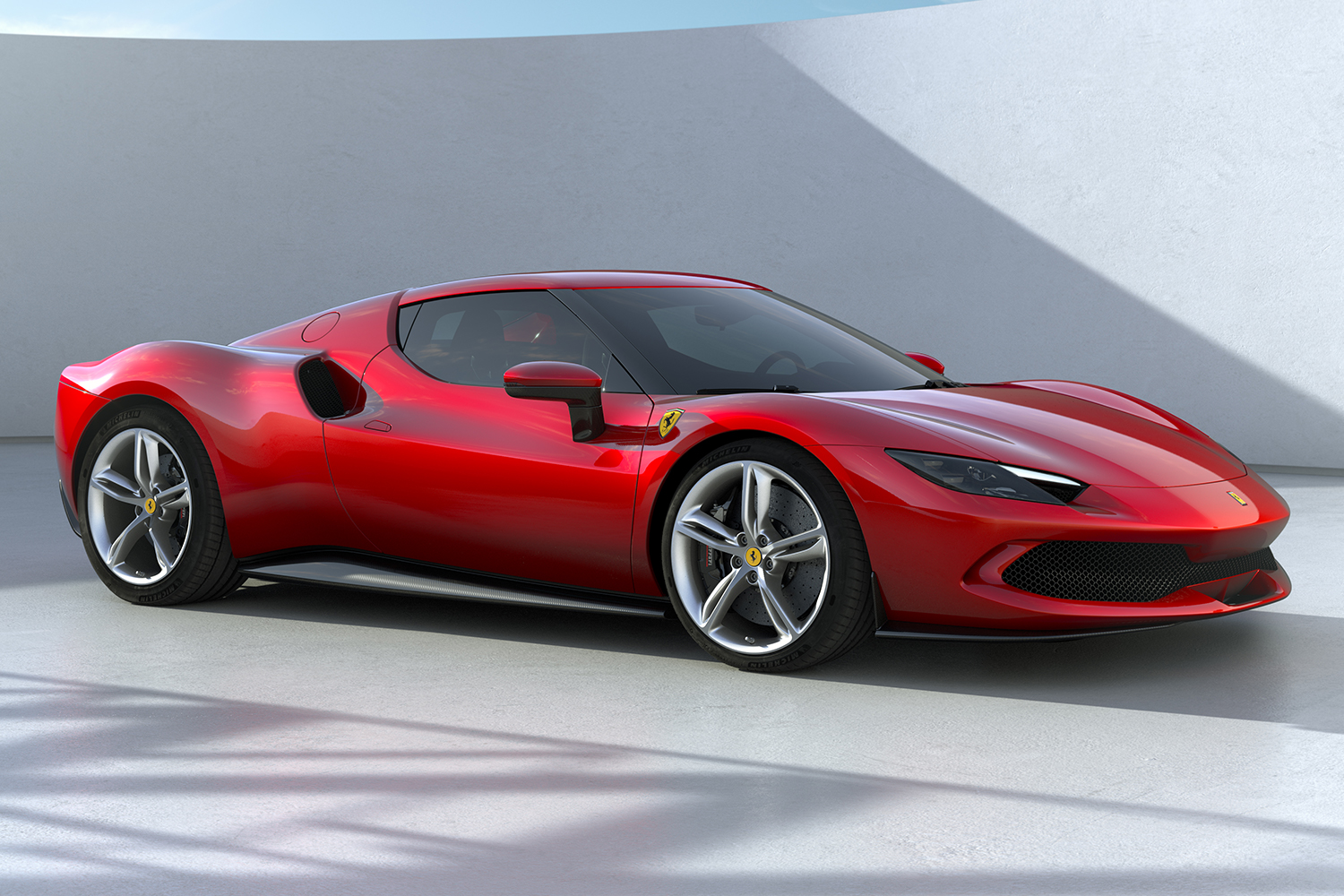
Plus, this is simply one of the best-looking two-seaters Ferrari has delivered in recent memory. It finds a nice balance between the aggressive stance of the SF90 Stradale, the marque’s first plug-in hybrid, and the statuesque smoothness of the Roma grand tourer. Add in a bit of heritage — the new V6 harkens back to those found in Ferrari race cars of the last century, like the 1957 Dino 156 F2 and the 246 SP that won the Targa Florio in ‘61 and ‘62 — and we’ve got ourselves a compelling option for those looking for a new six-figure supercar.
We don’t know full details on price or release date yet, but as for other specs, the 0 to 100 km/h (0 to 62 mph) time is 2.9 seconds, and the top speed is around 205 mph. If you’re wondering who needs that much power in a road car, know that this will also be available with the high-performance Assetto Fiorano package, that includes “lightweight features and aero modifications” for those looking to hit the track.
This article appeared in an InsideHook newsletter. Sign up for free to get more on travel, wellness, style, drinking, and culture.

















